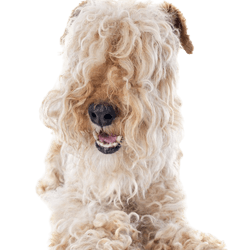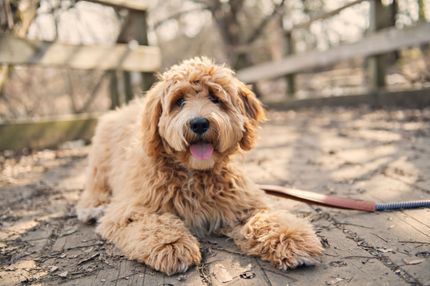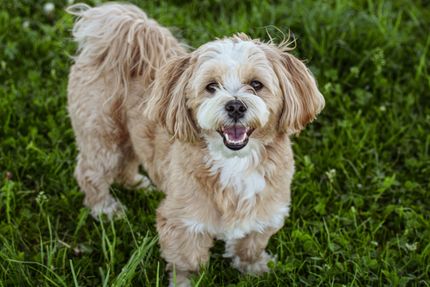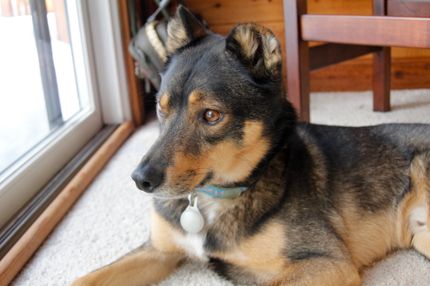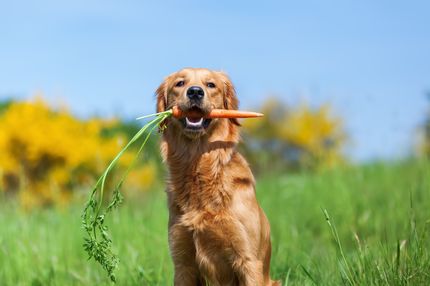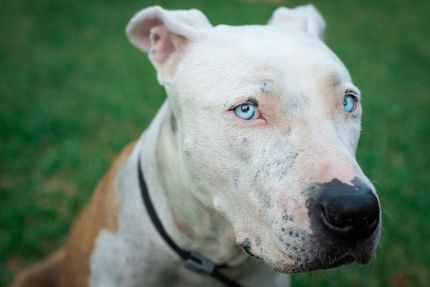Facts & Origin
Patterland: The fascinating mixture of Patterdale Terrier and Lakeland Terrier
The Patterland is a fascinating dog breed that is the result of crossing the Patterdale Terrier and the Lakeland Terrier. Both parents have interesting origins and histories that give the Patterland its unique characteristics.
The Patterdale Terrier originated in England and was bred as a working dog for hunting foxes and other small game. The breed is known for its endurance, bravery and tireless working spirit. Patterdale Terriers are also prized as loving family dogs.
The Lakeland Terrier, on the other hand, also has its roots in England and was also bred for hunting, especially for hunting otters and foxes. The breed is known for its intelligence, courage and playfulness. Lakeland Terriers are versatile dogs that work well as working dogs as well as family companions.
Suitability and attitude
The Patterland is a fascinating mix of the Patterdale Terrier and the Lakeland Terrier. With its active nature, intelligence, and adaptability, it can be a loving companion that is well-suited for both active individuals and families. Experienced dog owners who are willing to give him the attention and exercise he needs will find him a loyal and faithful companion.
| Alternate Name | - |
| Origin | UK - England |
| Life expectancy | 10 - 15 years |
| Care requirements | low-maintenance |
| Activity level | average |
| FCI group | not recognised |
| AKC group | not recognised |
| KC group | not recognised |
More Lakeland Terrier mixes
More Patterdale terrier mixes
Attitude, character and temperament of the breed
Possible character traits of the Patterland
The Patterland is usually an energetic and outgoing dog with a lively and playful character. He is known for his intelligence, loyalty and adaptability. The Patterland can be an excellent companion dog and gets along well with children and other pets.
The Patterland is intelligent and eager to learn, making him a good candidate for training and socialization. Consistent education and early training are important to guide his natural instincts and ensure a harmonious co-existence.
The Patterland is an active dog that requires regular physical exercise and mental stimulation. Long walks, interactive play and mental challenges are important to channel his energy and keep him mentally and physically occupied.
Breed diseases and care
Patterdale Lakeland terrier mixes are a popular and graceful breed. Despite the popularity of this breed, the dogs are prone to certain diseases. Special attention should be paid to the following:
- Epilepsy
- Ataxia
- Hypothyroidism
- Hypoglycemia
- Luxations
Proper feeding, regular checkups and a healthy environment help keep dogs healthy and enjoyable for their owners for a long time.
Appearance of the Patterland
The Patterland can have characteristics of both parents. He usually has a compact build with a dense coat and an attractive coat pattern. The size and weight may vary depending on the genetic characteristics. A chart of the size of the Patterland:
| Breed | Shoulder height | Weight |
|---|---|---|
| Patterdale Terrier | 25-40 cm | 5-7 kg |
| Lakeland Terrier | 33-38 cm | 7-8 kg |
| Patterland | 25-40 cm | 5-8 kg |
| Fur length | short |
| Fur | rough-haired - flat coated |
| Ear shape | Tilt-ear - Triangle |
| Tail | short |
| Anatomy | slim, muscular, rugged, square |
| Size ♀ | 25 - 38 cm |
| Weight ♀ | 6 - 12 kg |
| Size ♂ | 25 - 38 cm |
| Weight ♂ | 6 - 12 kg |
| Suitable For | - |
FAQ
-
This mixed breed is a loving and energetic dog that needs lots of attention and exercise. He is very affectionate and playful and has a strong protective instinct.
-
This breed reaches an average height of 30-40 cm and weight 8-10 kg.
-
This mixed breed needs regular brushing to prevent tangles and matting. He should also be bathed occasionally to keep his coat and skin clean.
-
This mongrel can be prone to atopy, gastric torsion, bone disease, vision problems, heart disease and other hereditary diseases.
-
This breed requires consistency and patience in training. He responds well to positive reinforcement such as treats and praise. He also needs to be exercised regularly for mood experiences.
